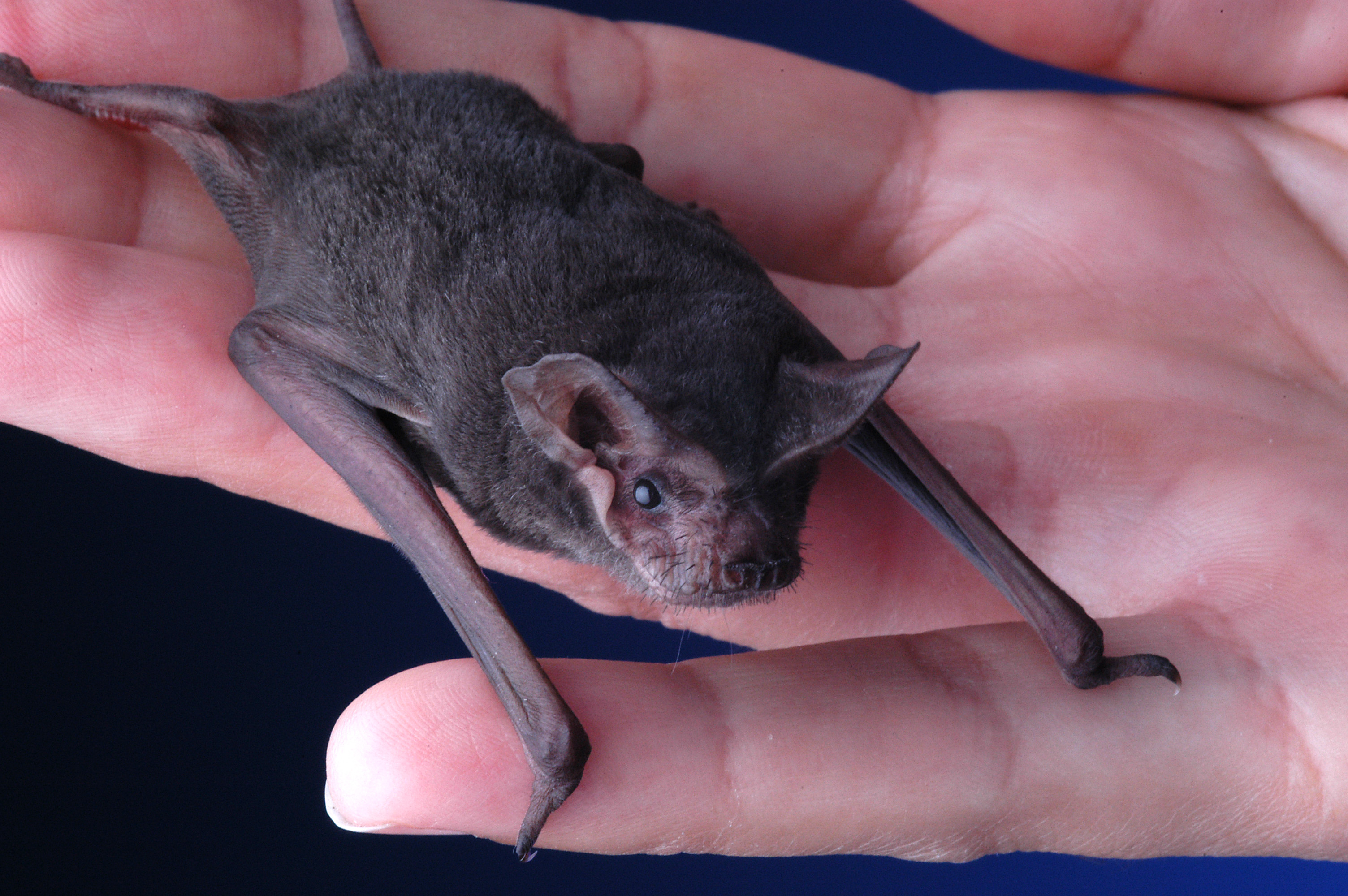
Here's a gift idea for that friend or family member who loves the outdoors or has a passion for backyard gardening: A bat house.
Yes, bat. As in that squeaking, winging mammal most often depicted in cartoonish Halloween decorations.
While the idea of a bat house as a holiday gift may seem strange or even macabre, a bat flitting around the backyard brings with it significant potential benefits. Watching bats gobble up backyard pests such as mosquitoes and other small bugs has more entertainment value than the intermittent buzzing of a bug zapper. Their droppings are a potent natural fertilizer. And perhaps best of all, giving bats a place to roost outside, decreases the chances they'll look for a place inside.
"Bat houses have become more and more popular," said Dennis Ferraro, a University of Nebraska-Lincoln Extension educator. "I have a couple in my yard."
Ferraro's backyard is not typical. It's a fully functioning, self-sustaining ecosystem complete with ponds, snakes and mosquito larvae-eating fish. And a few bat houses.
"I just like to sit on the back porch at night and watch them fly, chase bugs and drink from the pond," Ferraro said. "People who are thinking about buying or building a bat house, that's the kind of thing they'll want to see."
Even if a sun-dappled lily pond is out of the question, a bat house can still go a long way toward eliminating backyard pests, Ferraro said. Not only do they feast on annoying mosquitoes, but also on many of the critters that invade backyard gardens like leafhoppers, June beetles and stinkbugs. According to a UNL guide about Nebraska bats, a single gluttonous little brown bat can eat 600-1,200 mosquito-sized bugs every hour. On a larger scale, a colony of big brown bats can eat enough cucumber beetles in one season to prevent 33 million others from hatching.
Perhaps the largest concern about bats is their association with rabies. While it is true that bats are indeed carriers of the deadly but treatable disease, less than half of one percent of all bats are infected. And, on average, no more than one or two human deaths each year are attributable to bat-borne rabies in the entire United States.
In 2011, four people in the U.S. died from rabies infections—one caused by a bat, two by dog bites, and the fourth was from an unknown source, according to the Centers for Disease Control and Prevention.
But the nature of the disease makes it unlikely a sick animal would be attracted to a backyard bat house. Sick animals typically don't seek out new shelter, preferring to hole up in familiar territory, Ferraro said.
In the wild, bats typically roost under loose bark, in foliage, hollow trees, caves, quarries, and cracks of rocky ledges. But in urban areas they can be found in attics, behind shutters, downspouts, seams of bridges, and storm sewers. Nebraska bats—all weighing under an ounce—do not have the ability to chew on wood, caulk or other structural materials, so they must enter a home or building through existing holes. Some bats need a crack only three-eighths of an inch to gain entry.
Experts at the University of Nebraska-Lincoln recently released a guide that details how to keep bats out and how to deal with them if they get in. Among the strategies include providing them an alternate living space, such as a bat house.
For more information about bat houses, how to cope with bats, or rabies in the United States, visit these online resources:
Bat houses
■ http://www.ianrpubs.unl.edu/epublic/live/g1575/build/g1575.pdf
Bats in and around structures:
■ http://ianrpubs.unl.edu/epublic/live/g1667/build/g1667.pdf
Rabies information:
■ http://www.cdc.gov/rabies/location/usa/surveillance/human_rabies.html
■ http://dhhs.ne.gov/Pages/srd_rabies.aspx